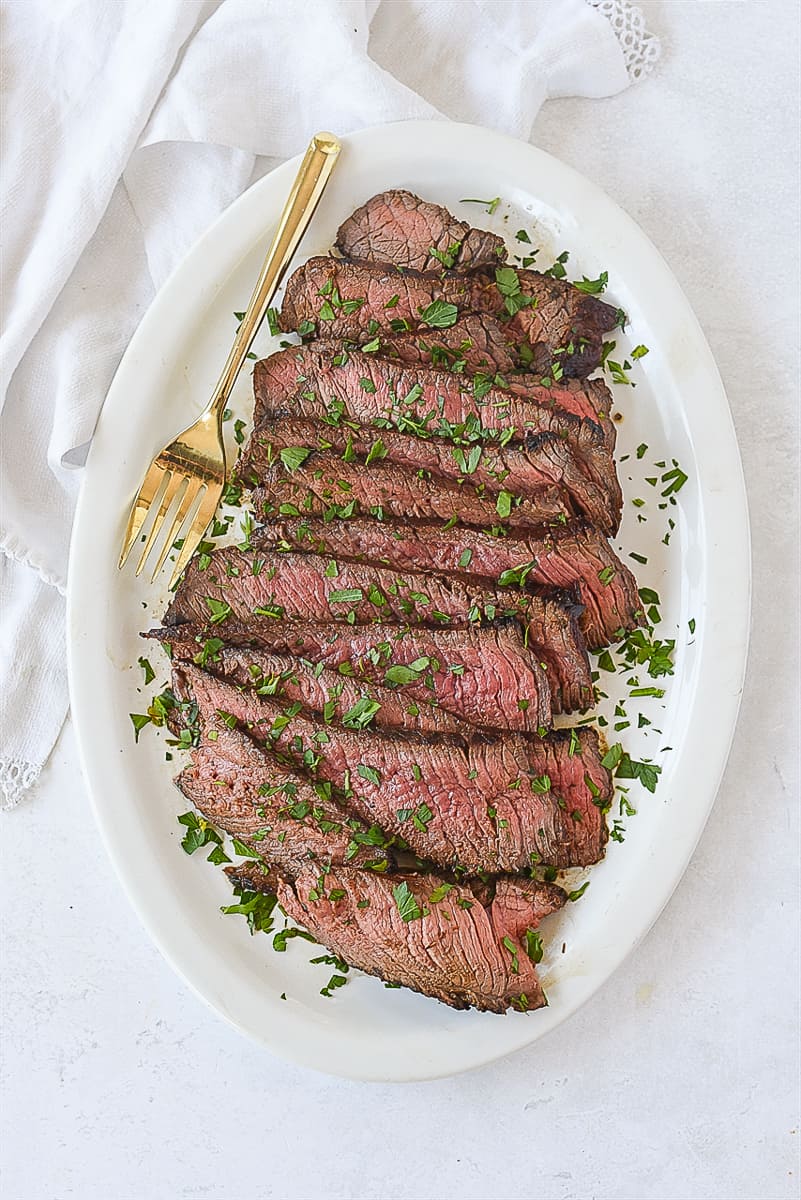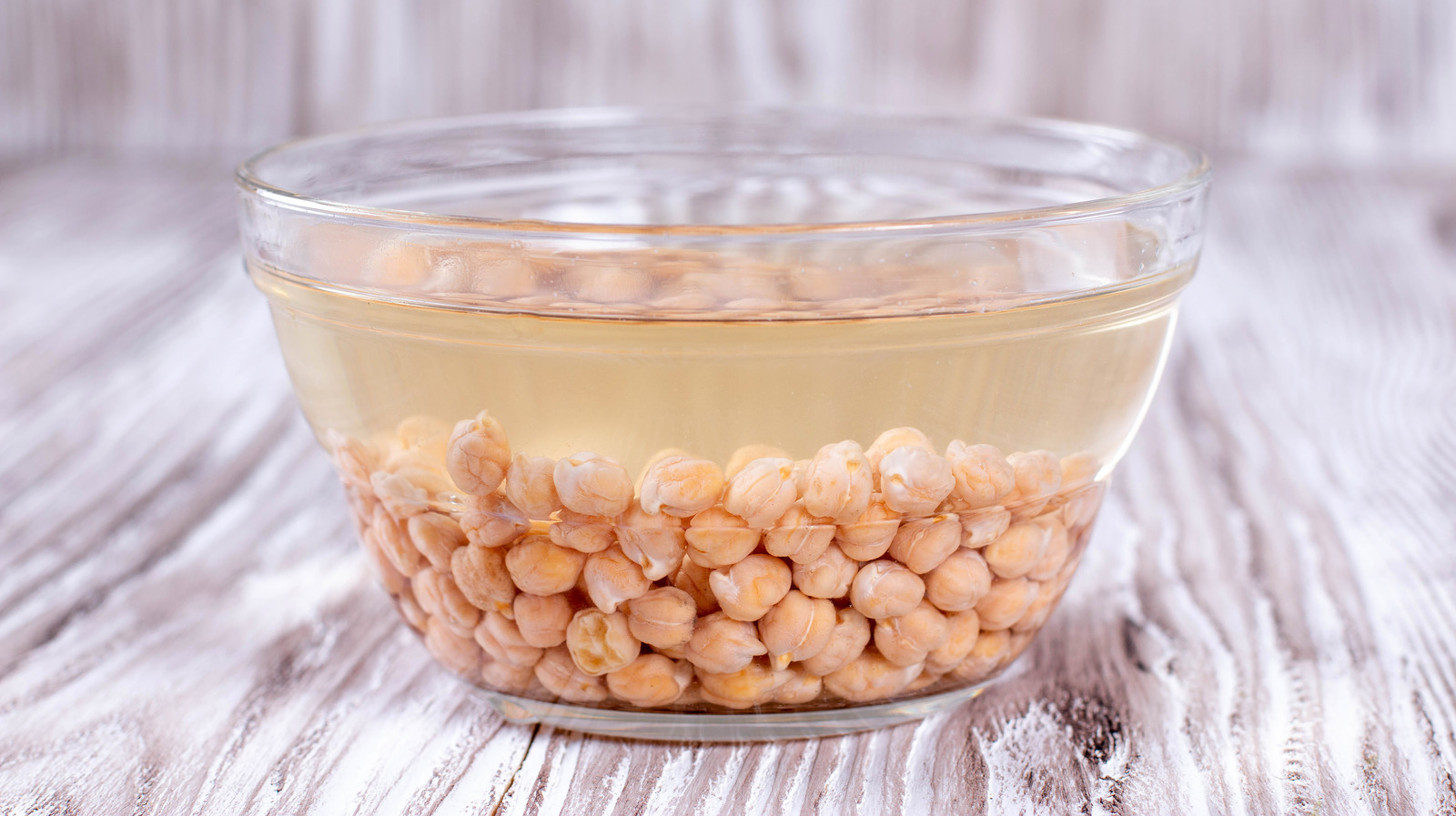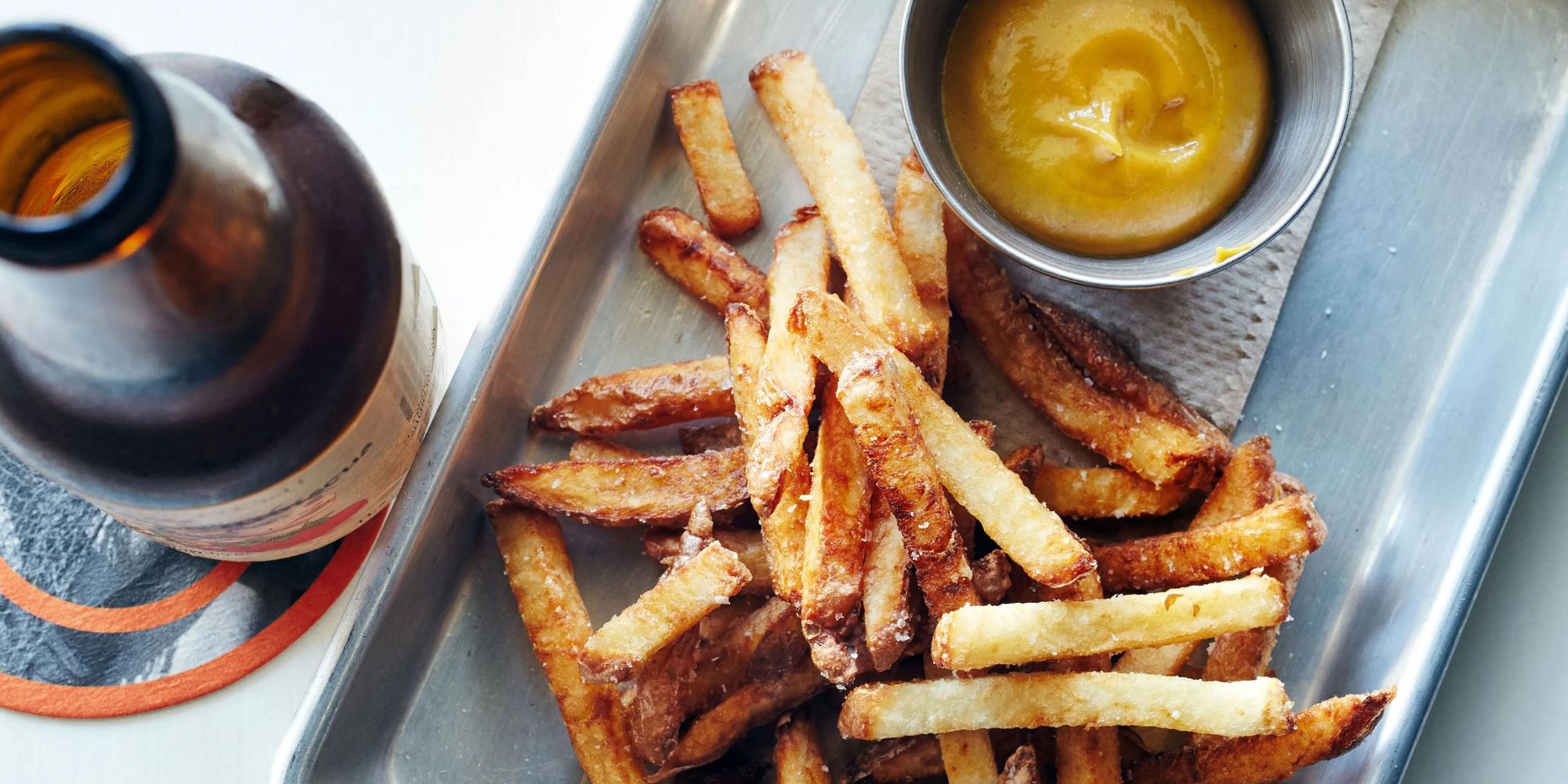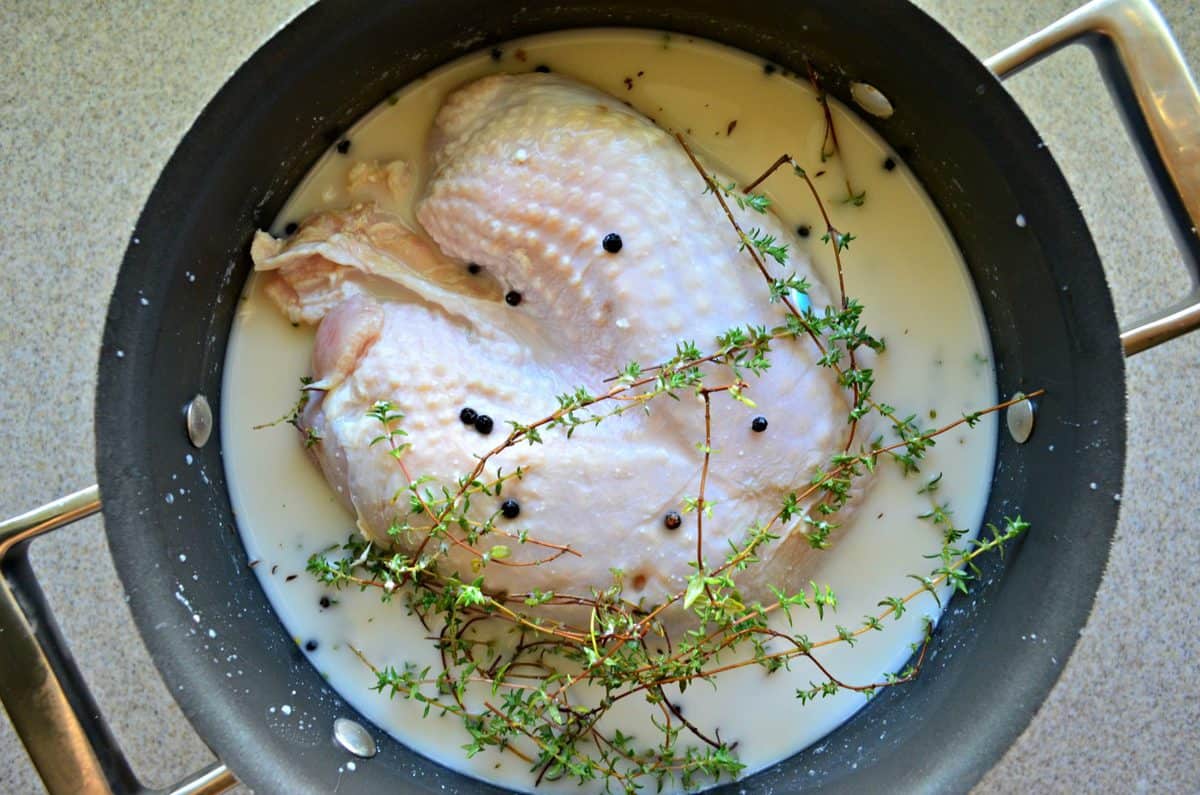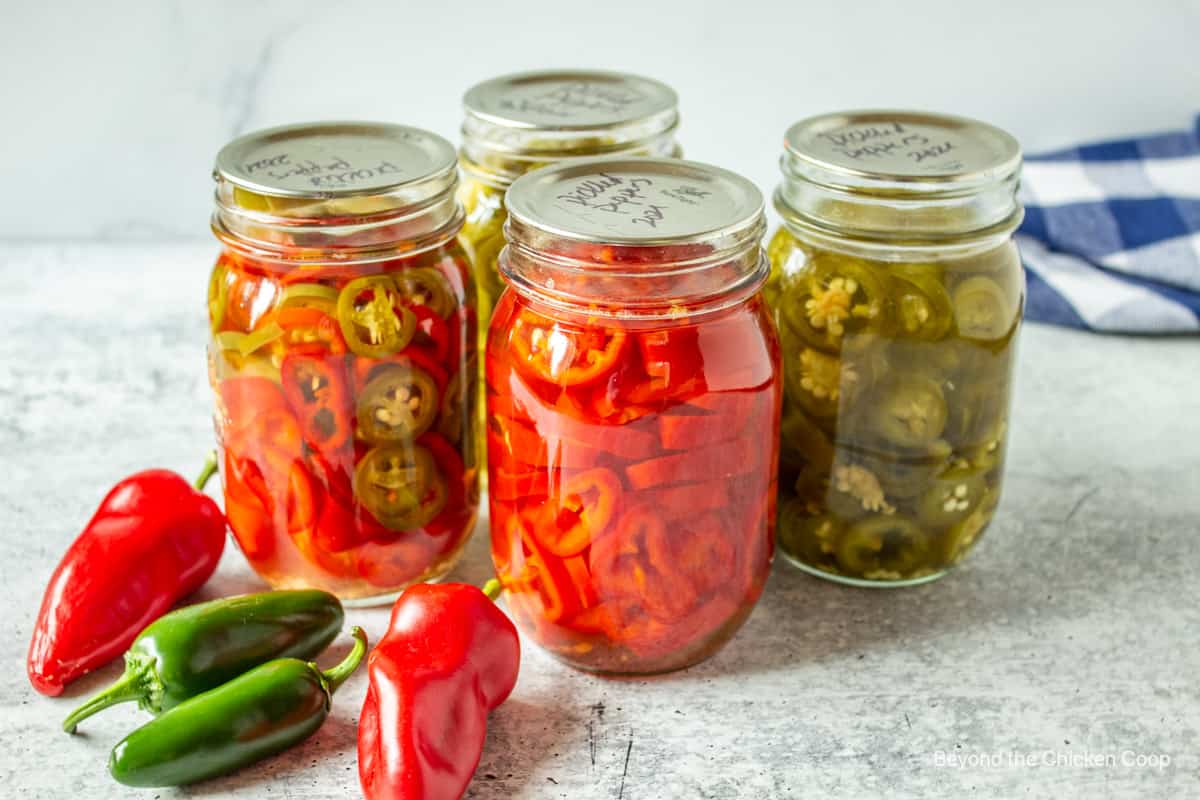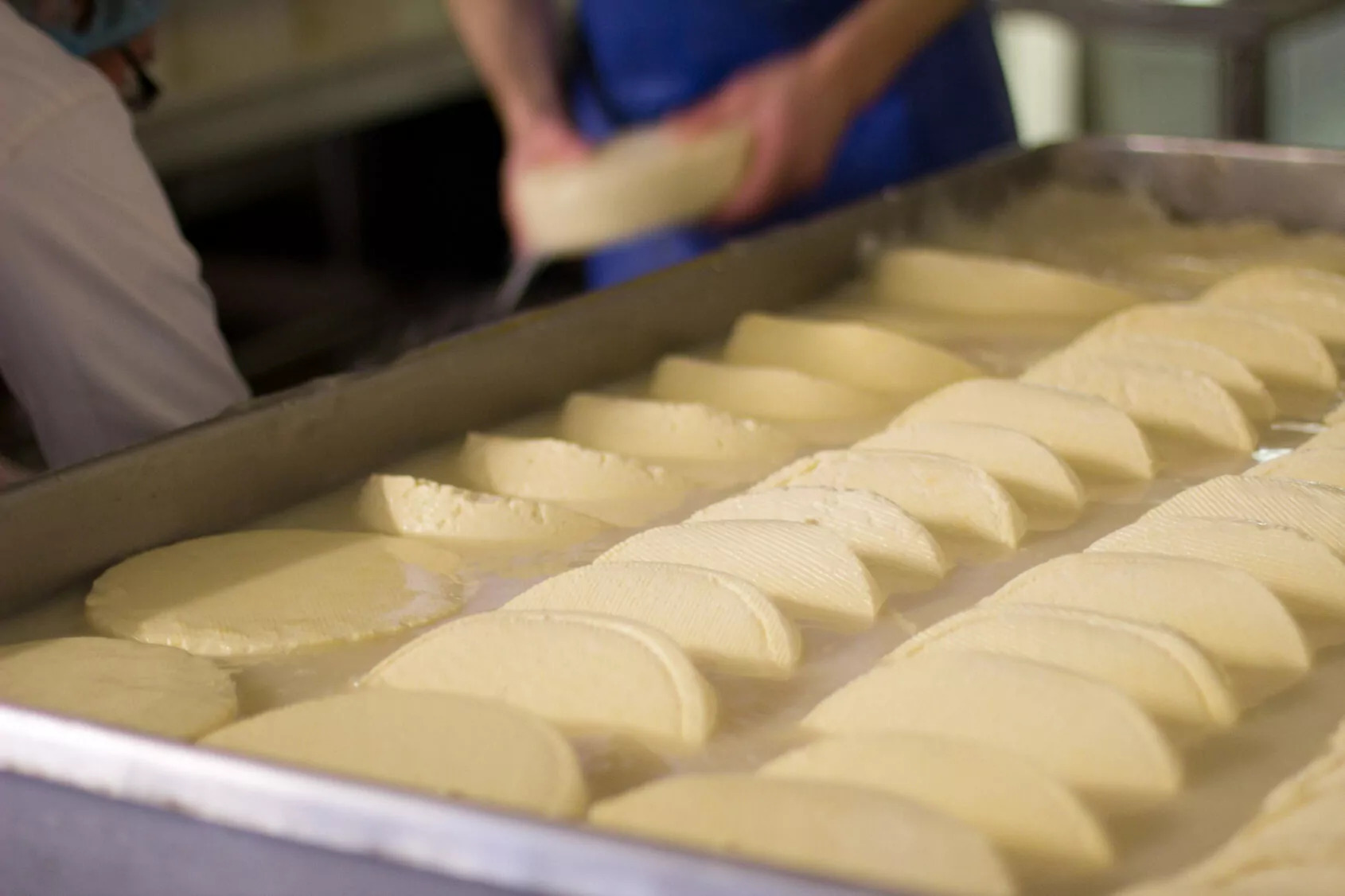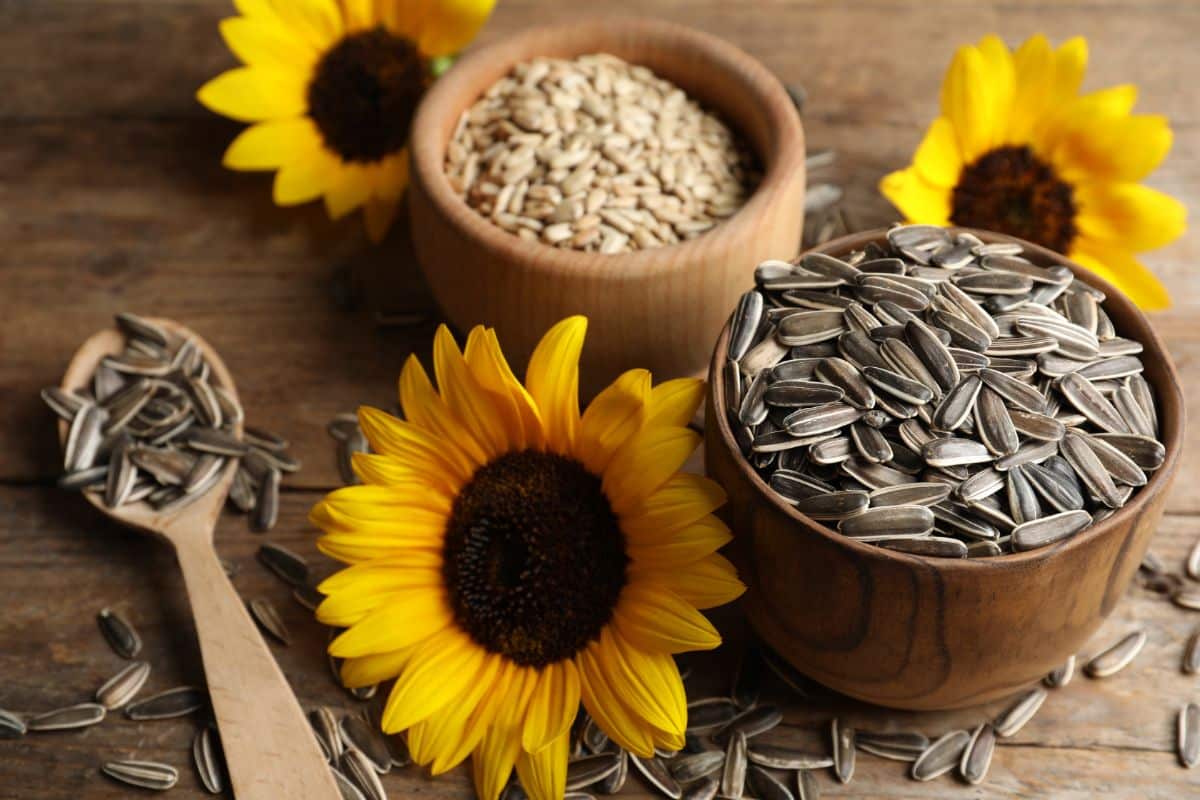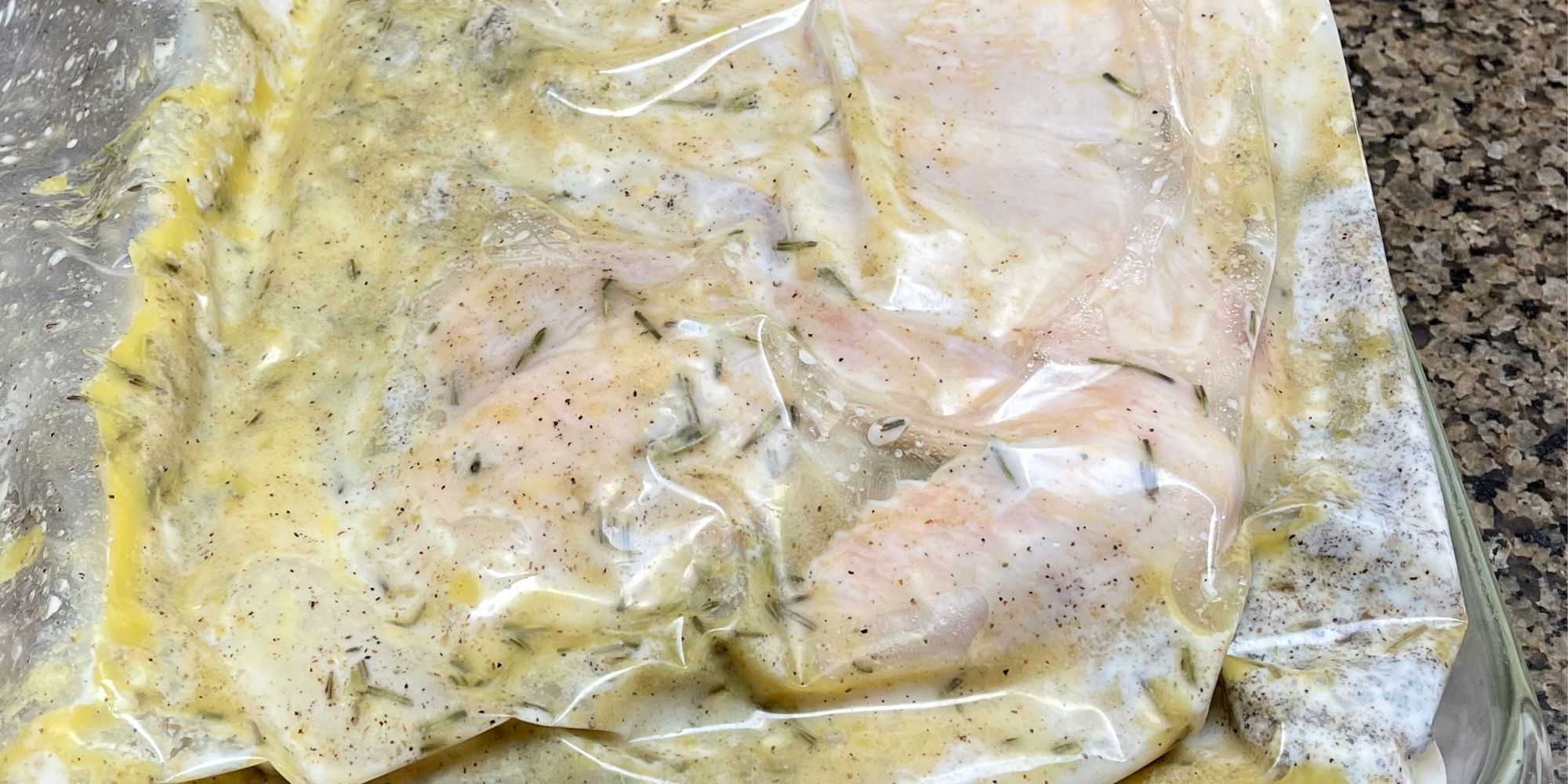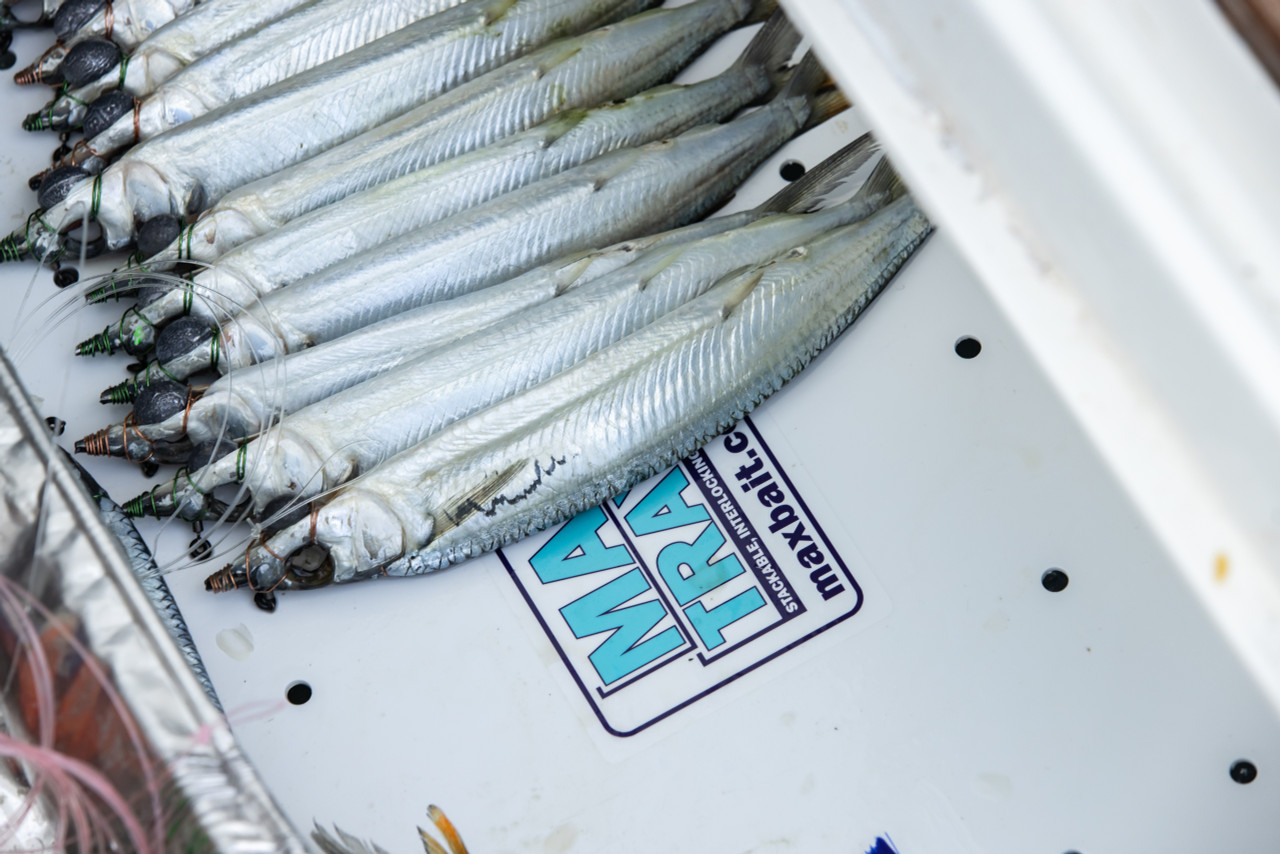Discover the Art of Brining Meat for Smoking
Welcome to the wonderful world of smoking meat! Whether you’re a seasoned pitmaster or a novice backyard chef, brining is an essential step in the smoking process that can take your meat to the next level. Brining involves soaking meat in a saltwater solution, and it’s a technique that can enhance the flavor, tenderness, and juiciness of your smoked meats. In this guide, we’ll walk you through the ins and outs of brining meat for smoking, so you can achieve mouthwatering results every time.
Understanding the Basics of Brining
Brining is a simple yet powerful technique that involves immersing meat in a saltwater solution, often along with other flavor-boosting ingredients, for a period of time before smoking. The salt in the brine helps to break down the muscle fibers in the meat, allowing it to absorb more moisture and flavor. Additionally, the brine can infuse the meat with a range of complementary flavors, making for a more delicious end product.
Choosing the Right Meat
Not all meats are created equal when it comes to brining. While brining can work wonders for a variety of meats, it’s particularly well-suited for lean cuts that are prone to drying out during the smoking process. Pork chops, chicken breasts, and turkey are all excellent candidates for brining, as the process can help keep them juicy and flavorful. However, fattier cuts like ribs and brisket may not benefit as much from brining, as their high fat content already provides plenty of moisture and flavor.
Creating the Perfect Brine Solution
When it comes to brining, the key is finding the right balance of salt, water, and flavorings. A basic brine consists of water, salt, and sugar, but you can customize it with additional ingredients like herbs, spices, and aromatics to suit your taste preferences. A good rule of thumb is to use 1 cup of kosher salt and 1/2 cup of sugar per gallon of water as a starting point. From there, you can experiment with different flavorings to create a brine that complements the meat you’re preparing.
The Brining Process
Once you’ve prepared your brine, it’s time to immerse the meat. Place the meat in a non-reactive container, such as a food-grade plastic or glass container, and pour the brine over it until it’s completely submerged. You can also use a brining bag or a large resealable plastic bag to contain the meat and brine. Refrigerate the meat while it brines, following the recommended brining time for the specific type and size of meat you’re working with. As a general guideline, smaller cuts like chicken breasts may require 4-6 hours of brining, while larger cuts like whole turkeys may benefit from 12-24 hours of brining.
Rinsing and Drying
After the brining time is up, remove the meat from the brine and rinse it thoroughly under cold water to remove any excess salt. Pat the meat dry with paper towels to ensure that it will develop a nice, crispy exterior during smoking. At this point, your meat is ready to be seasoned and smoked according to your favorite recipe or smoking method.
Benefits of Brining
Brining offers a host of benefits that can elevate the quality of your smoked meats. Some of the key advantages of brining include:
- Improved moisture retention, resulting in juicier meat
- Enhanced flavor absorption, leading to more delicious results
- Increased tenderness, especially for lean cuts of meat
- Reduced risk of overcooking and drying out the meat during smoking
Experiment and Enjoy!
Now that you’ve mastered the art of brining meat for smoking, it’s time to put your skills to the test. Don’t be afraid to experiment with different brine recipes and flavor combinations to discover what works best for your palate. Whether you’re smoking a Thanksgiving turkey, a backyard barbecue favorite, or a weeknight dinner staple, brining can be the secret ingredient that takes your smoked meats from good to great. So fire up the smoker, grab your favorite cuts of meat, and get ready to enjoy the mouthwatering results of your brining expertise!
Happy smoking!
Was this page helpful?
Read Next: How To Brine Pumpkin Seeds
